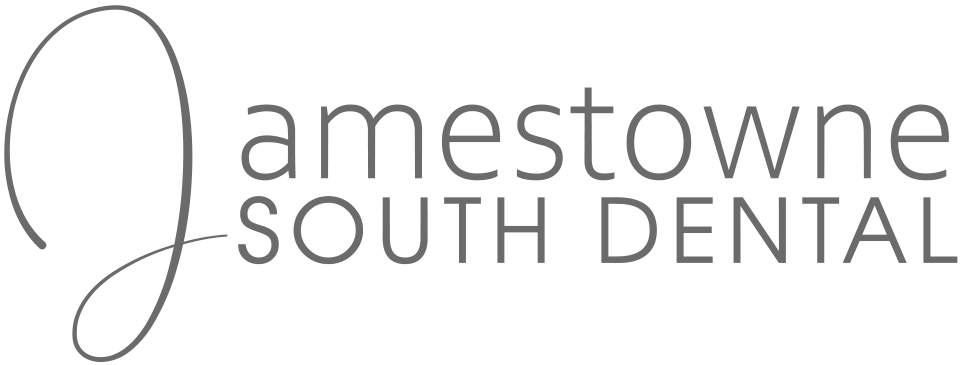How Often Should I Replace My Toothbrush?
Everyone knows following a strict dental hygiene regime can help teeth stay healthy, white, and pain-free. But what should this regime look like? How often should you replace your toothbrush, and are there other dental care tips you should know? In this brief article, we’ve collated some need-to-know facts to help you avoid an emergency trip to the dentist.
When should I change my toothbrush?
According to the American Dental Association (ADA), you should replace your toothbrush every three to four months – or sooner if the bristles are damaged. If you tend to bite your toothbrush or brush your teeth very forcefully, the bristles will become frayed or matted within a few weeks. It’s also a good idea to change your toothbrush after you’ve recovered from an illness such as a cold or gastric flu, as lingering germs could spread to other people or lead to reinfection.
How should I look after my toothbrush?
To ensure your toothbrush doesn’t lose its effectiveness too quickly, remember to follow these simple instructions:
- Rinse your toothbrush carefully after every brushing session, ensuring you get rid of all toothpaste and bits of food.
- Store your toothbrush upright in a dry, airy place. Placing a wet toothbrush in a closed container will encourage bacteria to grow.
- Never share your toothbrush (even with your other half!), as you’ll share potentially harmful microorganisms.
- Keep your toothbrush away from other toothbrushes. While it’s common for families to store all their toothbrushes in a single pot, this could cause cross-contamination (bad news if your family members are less meticulous in their toothbrush-cleaning habits).
- Look out for dark colors on your toothbrush, as this could be a sign of mold. If there’s mold on your toothbrush, replace it straight away.
What will happen if I forget to replace my toothbrush?
We get it – life can be full of distractions that make it easy to forget everyday tasks like changing your toothbrush. However, failure to prioritize your dental health could lead to gum damage. Over time, the bristles on your toothbrush will become less able to remove plaque. As plaque accumulates, your risk of developing gingivitis increases. When left untreated, gingivitis can lead to gum recession and even tooth loss.
To make matters worse, old toothbrushes can lead to nasty infections caused by bacterial or fungal buildup. If your toothbrush is stored near a toilet, you could even ingest fecal particles launched into the air after flushing – gross! As a rule, keep your toothbrush somewhere far away from potential contamination sources.
What kind of dental care products do you need for optimal oral health?
Most dentists recommend using toothbrushes with soft bristles, as firm bristles can lead to tooth and gum damage. Just remember to use a toothbrush head large enough to cover at least one tooth at a time and purchase a toothpaste containing fluoride. Electric toothbrushes are particularly effective if you have a history of gum disease and plaque buildup. Flossing should also become a vital part of your dental care routine, as it will help remove any debris trapped between your teeth.
Finally, you must visit your dental practitioner at least once every six months. Your dentist will help identify dental problems early and offer tailored advice based on your oral health history. So, what are you waiting for? Look after your smile and book an appointment with us today!
